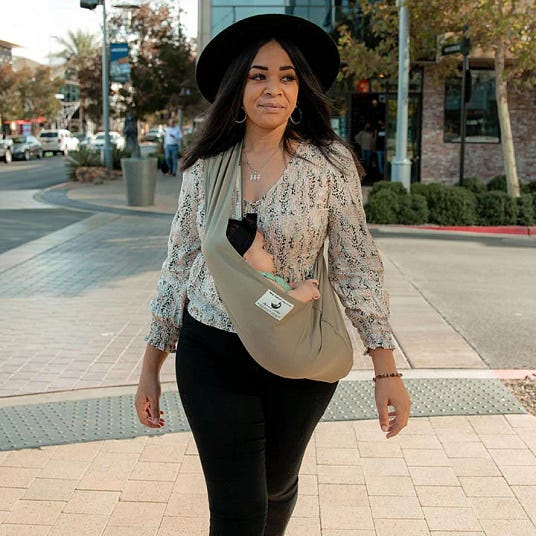Barnett’s Manual
Pro mechanic's guide to bike maintenance
The “bible” of bicycle mechanics, this 2000-page, four-volume manual is filled with detailed diagrams and repair steps for every aspect of fixing and maintaining a bicycle. Starting with a brief introduction to materials science, lubricants, and basic tool use, this comprehensive manual covers everything — from tires and tubes to wheel building, drive-train theory and application to frame alignment, brakes, seats and more in explicit detail. If anything can break on a bike, Barnett’s Manual tells you how to fix or replace it. The manual is far from cheap, but nothing else comes close to duplicating its value. I spent more than $1500 attending a professional bike repair and overhaul certification class this summer at the Barnett Bicycle Institute in Colorado Springs, CO. While the classes were essential to boosting my skills and understanding of bikes so that I could get a job as a mechanic, this manual is a fantastic resource for everyone, gearhead hobbyists and professionals alike. I’ve got my electronic version at home and we use a printed version at work.
I have come to realize there are two philosophies of bicycle mechanics: what one might term Pascalian and Cartesian. The late Sheldon Brown believed in a highly-evolved intuitive approach to bicycles. In my opinion, this can only come through time and extensive exposure to the craft. Barnett’s, on the other hand, believes in quantifiable mechanics so the approach (and therefore manual) is as close to a science as one can hope for. The thinking is that with the proper set-up one can reliably duplicate any procedure any number of times. So everything in the text is broken down logically, step by step. Personally, I believe a good mechanic must be both willing and able to apply either method as the situation dictates.
While BBI no longer produces a paper version of the four-volume set, one can still purchase older print copies online for less than $125. Or the manual is available as PDF for $140. John Barnett explained to our class that it simply costs too much to make changes to a printed version of such a large manual.
01/7/09Excerpt
*
Truing Wheels with Undamaged Rims, Spokes, and Nipples: Avoiding Common Pitfalls
Based on decades of teaching experience, there are ten common pitfalls to truing wheels a mechanic should watch out for at all times. The pitfalls are listed here and in some cases are repeated as the procedure is described later on.
*
Pitfall #1
Avoid turning the nipple the wrong way. Nipples are right-hand thread, just like any type of jar lid. The problem is that while turning the nipple, the viewpoint is the same as looking at the "jar" upside down. With the tire off and looking at the nipple from the tire-side of the rim (the nipple's "tire end"), the viewpoint is the same as looking at the top of the "jar lid." When the view is of the end of the nipple that the spoke attaches to (the "hub end"), it is the same as looking at the "jar" upside down. Try this experiment. Get an empty jar (preferably clear) and hold it upside down. Now, look through the bottom of the jar and turn the lid off. The lid had to be turned clockwise (the normal way to tighten lids) to get it off. Loosening a nipple when looking at it from "hub end" is just like loosening the lid on the upside-down jar. Tightening it is just the opposite. If you have trouble with this visualization technique, just a felt tip pen to draw a half-circle arrow on the inner perimeter of the rim around every fourth nipple in the counterclockwise direction. Turn nipples the direction the arrow indicates when tightening and opposite the arrow when loosening.
*
Pitfall #6
Don't lose track of the right and left sides of the wheel when making dish corrections. A good technique is to always wrap a rubber band around the right end of the axel before starting to true the wheel. Always install the wheel in the truing stand with the rubber band on the right, always start each dish measurement on the right side of the wheel. By using these habits consistently, the chance of getting turned around and performing a reverse correction is minimized.
Barnett's Manual: Analysis and Procedures for Bicycle Mechanics $249+ - print











